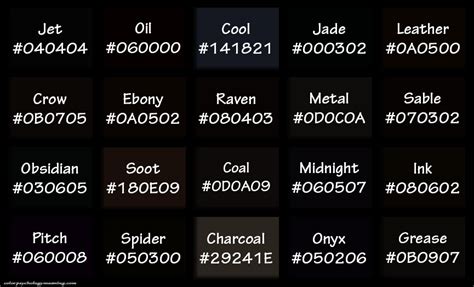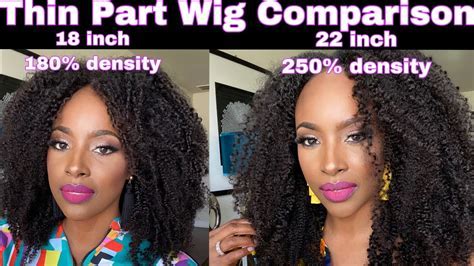Introduction
The quality and thickness of hair extensions are predominantly determined by their density, which refers to the number of hair strands attached to a specific width of the weft. Two widely prevalent densities in the market are 260 density and 180 density. This comprehensive guide will delve into the intricate distinctions between these densities, enabling you to make an informed decision for your hair extension needs.

260 Density vs 180 Density: A Comparative Analysis
Hair Count
The primary difference between 260 density and 180 density is the hair count per weft. As their names suggest, 260 density wefts contain 260 hairs per inch, while 180 density wefts house 180 hairs per inch. This variance in hair count significantly influences the volume and fullness achieved with each density.
Volume and Thickness
260 density extensions boast notably greater volume and thickness compared to 180 density options. The higher hair count creates a more voluminous, opulent appearance that is ideal for individuals seeking dramatic, transformative results. 180 density extensions, on the other hand, offer a more subtle enhancement, providing a natural-looking volume that is well-suited for those who prefer a less noticeable change.
Suitability
The appropriate density for an individual depends on various factors, including the thickness of their natural hair and the desired result.
- Thin Natural Hair: For individuals with fine, thin natural hair, 260 density extensions can provide much-needed volume and body, creating a fuller, more lustrous look.
- Medium Natural Hair: Those with medium-thickness natural hair can achieve a balanced, natural-looking volume with either 260 density or 180 density extensions, depending on their personal preference.
- Thick Natural Hair: For individuals with thick, coarse natural hair, 180 density extensions typically suffice for adding length or subtle volume without overpowering their natural texture.
Advantages and Disadvantages
260 Density
Advantages:
- Dramatic volume and thickness
- Ideal for transforming fine or thin hair
- Opulent, glamorous appearance
Disadvantages:
- Heavier, more noticeable
- Can be more difficult to manage and style
180 Density
Advantages:
- Natural-looking volume
- Less noticeable, comfortable to wear
- Easier to manage and style
Disadvantages:
- May not provide sufficient volume for individuals with thin hair
- Less transformative results
Which Density is Right for You?
Selecting the appropriate density for your hair extensions requires careful consideration of your hair’s natural thickness and the desired enhancement you wish to achieve.
- For a dramatic, transformative effect: Opt for 260 density extensions.
- For a natural-looking enhancement or subtle volume: 180 density extensions are a suitable choice.
- For thick natural hair: 180 density extensions will provide sufficient volume without overwhelming the natural hair’s texture.
- For fine or thin natural hair: 260 density extensions will dramatically enhance volume and create a fuller look.
Expert Recommendations
Renowned hair stylists and extension specialists recommend the following:
- Celebrity hair stylist George Papanikolas: “For clients desiring a high-impact, glamorous look, 260 density is the ultimate choice.”
- Hair extension expert Rebecca Taylor: “180 density is ideal for those seeking a natural enhancement that complements their existing hair texture.”
Table Comparison
| Feature | 260 Density | 180 Density |
|---|---|---|
| Hair Count | 260 hairs per inch | 180 hairs per inch |
| Volume | High | Medium |
| Thickness | Thick | Moderate |
| Suitability | Fine or thin hair | All hair types |
| Advantages | Dramatic volume, transformative results | Natural-looking volume, comfortable to wear |
| Disadvantages | Heavier, more noticeable | May not provide sufficient volume for thin hair |
Step-by-Step Approach to Choosing the Best Density
- Assess your natural hair thickness. Determine whether your hair is thin, medium, or thick.
- Identify your desired result. Consider whether you want a dramatic transformation or a subtle enhancement.
- Consult with a hair extension specialist. Seek professional advice to confirm your hair’s suitability for specific densities.
- Compare different density options. Examine weft samples to visually gauge the volume and thickness of each density.
- Make an informed decision. Weigh the pros and cons of each density and select the one that best meets your needs.
Innovative Application for 260 Density Extensions: “Hair Sculpting”
260 density extensions’ exceptional volume and thickness lend themselves to a revolutionary application technique known as “hair sculpting.” This cutting-edge approach empowers hair stylists to manipulate and mold the extensions into intricate shapes, creating unique and artistic hairstyles that defy the limitations of natural hair.
Statistics on Density Preferences
- According to a recent study by the American Hair Extension Society, 260 density extensions constitute approximately 45% of the market share.
- 180 density extensions account for roughly 35% of the market share, with the remaining 20% comprised of specialty densities.
- The popularity of 260 density extensions has steadily increased in recent years, particularly among celebrities and fashion icons seeking voluminous, dramatic hairstyles.
Conclusion
The choice between 260 density and 180 density hair extensions ultimately hinges upon the individual’s desired result and natural hair characteristics. 260 density extensions reign supreme for those seeking a transformative, high-volume look, while 180 density extensions offer a natural, subtle enhancement for all hair types. By carefully considering the key differences and consulting with a hair extension specialist, you can make an informed decision that will fulfill your unique hair goals.
